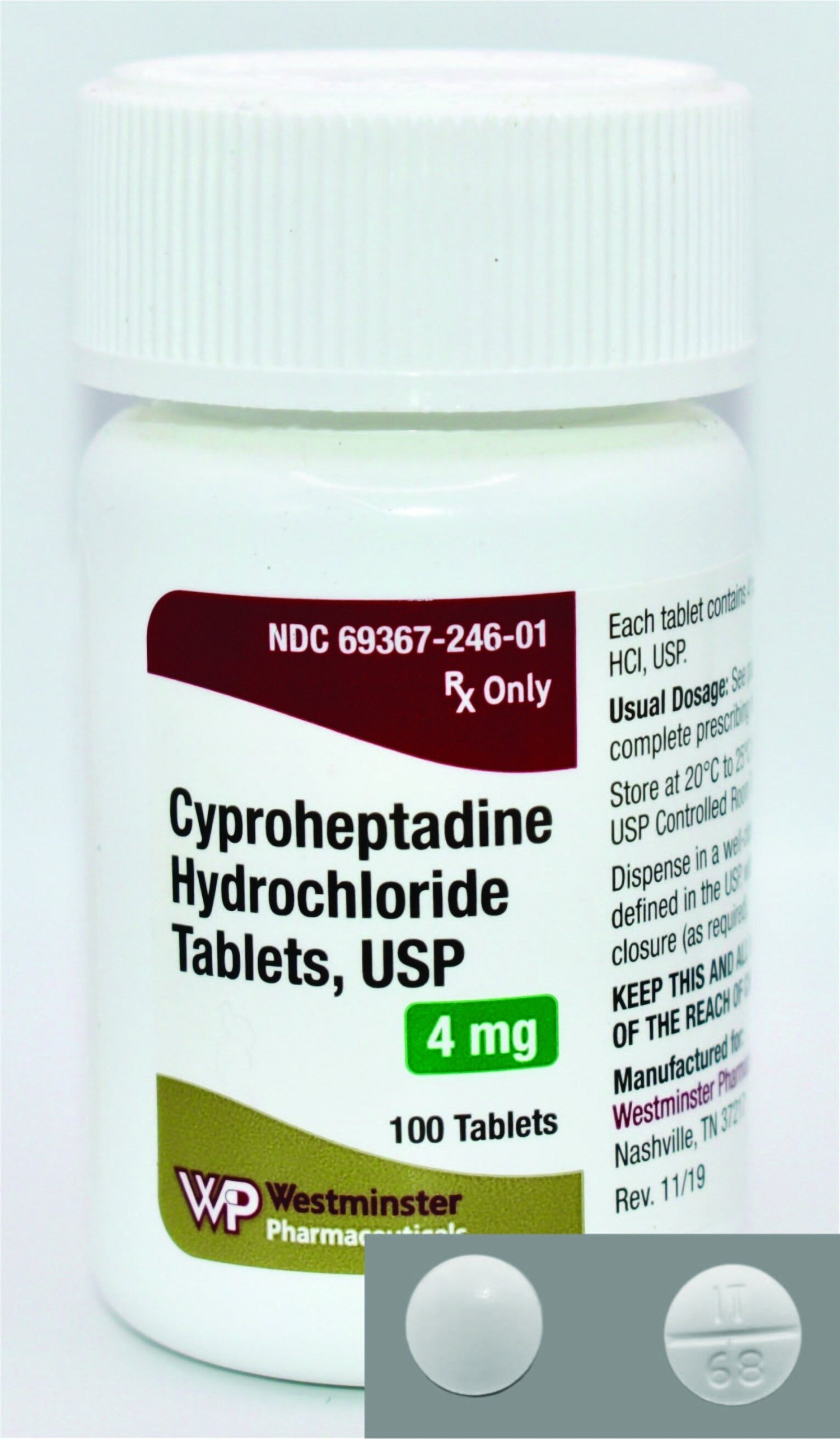Managing symptoms effectively with a low fiber diet requires a comprehensive understanding of the role of fiber in the digestive system and how reducing its intake can alleviate certain health issues. Fiber, a type of carbohydrate, is crucial for promoting regular bowel movements, preventing constipation, and supporting the growth of beneficial gut bacteria. However, for individuals with specific gastrointestinal conditions or those undergoing certain medical procedures, a temporary reduction in fiber intake may be necessary to manage symptoms and facilitate recovery.
Understanding the Role of Fiber
Fiber is broadly categorized into two types: soluble and insoluble. Soluble fiber dissolves in water and forms a gel-like substance, which can help lower cholesterol levels and regulate blood sugar levels. Foods rich in soluble fiber include oats, barley, fruits, and legumes. Insoluble fiber, on the other hand, does not dissolve in water and helps add bulk to stool, promoting regular bowel movements. Whole grains, cereals, and vegetables are good sources of insoluble fiber.
Conditions Requiring a Low Fiber Diet
Several conditions may necessitate a low fiber diet, at least temporarily, to manage symptoms and support the healing process. These include:
- Inflammatory Bowel Disease (IBD): Conditions like Crohn’s disease and ulcerative colitis can cause inflammation and irritation in the digestive tract. A low fiber diet may help reduce symptoms such as abdominal pain, diarrhea, and bowel obstruction.
- Irritable Bowel Syndrome (IBS): While fiber is often recommended for IBS patients to regulate bowel movements, some individuals may experience worsened symptoms with high fiber intake. A low fiber diet, tailored to the individual’s triggers, can help manage IBS symptoms.
- Diverticulitis: This condition involves the formation of small, bulging pouches (diverticula) in the digestive tract, which can become inflamed. A low fiber diet is sometimes recommended during the acute phase of diverticulitis to reduce the risk of complications.
- Post-Surgical Diet: After certain surgeries, especially those involving the gastrointestinal tract, patients may be advised to follow a low fiber diet temporarily to minimize the strain on the digestive system and promote healing.
Implementing a Low Fiber Diet
Transitioning to a low fiber diet should be done under the guidance of a healthcare provider or a registered dietitian to ensure that nutritional needs are met. Here are some general guidelines for reducing fiber intake:
- Choose Low Fiber Foods: Focus on foods that are naturally low in fiber, such as lean meats, fish, poultry, eggs, and dairy products. Refined grains like white bread, plain crackers, and cooked cereals are also low in fiber.
- Cook Vegetables: Cooking vegetables can make them easier to digest and reduce their fiber content. However, overcooking can lead to a loss of essential nutrients.
- Limit High Fiber Foods: Reduce or avoid foods high in fiber, such as beans, legumes, whole grains, nuts, seeds, and raw or undercooked vegetables and fruits.
- Stay Hydrated: Adequate fluid intake is crucial, especially when reducing fiber intake, to prevent constipation and support overall digestive health.
Managing Symptoms Effectively
Effective management of symptoms on a low fiber diet involves monitoring digestive health, managing potential side effects, and maintaining overall nutritional balance. Here are some strategies:
- Keep a Food Diary: Tracking food intake and symptoms can help identify specific foods that may exacerbate or alleviate symptoms.
- Supplement Wisely: If necessary, and under medical guidance, supplements can be used to fill any nutritional gaps, especially for fiber, vitamins, and minerals.
- Monitor Nutritional Intake: Regular check-ins with a healthcare provider or dietitian can help ensure that the diet is meeting nutritional needs and adjust the diet plan as necessary.
Conclusion
A low fiber diet, while not a long-term solution for most individuals, can be a valuable tool for managing symptoms and supporting recovery in specific medical conditions. It’s essential to approach such a diet with careful planning, under professional guidance, to avoid nutritional deficiencies and ensure that the diet effectively addresses the underlying health issues. By understanding the role of fiber, identifying the conditions that may benefit from a low fiber diet, and implementing the diet correctly, individuals can better manage their symptoms and work towards improved digestive health.
What are the primary conditions that may require a low fiber diet?
+The primary conditions that may necessitate a low fiber diet include Inflammatory Bowel Disease (IBD), Irritable Bowel Syndrome (IBS), diverticulitis, and post-surgical recovery, especially after gastrointestinal surgeries. Each condition has its unique requirements and considerations for implementing a low fiber diet.
How can I ensure I'm getting enough nutrients on a low fiber diet?
+Ensuring adequate nutrition on a low fiber diet involves focusing on nutrient-dense foods, considering supplements under medical guidance, and regularly monitoring nutritional intake with a healthcare provider or dietitian. This proactive approach helps fill any nutritional gaps and supports overall health.
Can a low fiber diet be harmful if followed for an extended period?
+A low fiber diet, if followed for an extended period without proper nutritional planning, can lead to deficiencies in essential vitamins, minerals, and fiber itself, contributing to constipation, diverticulitis, and an increased risk of heart disease. It's crucial to transition back to a balanced diet rich in whole foods as soon as medically advisable.
In conclusion, a low fiber diet, when necessary and properly managed, can be an effective strategy for symptom management in various gastrointestinal conditions. However, it’s indispensable to approach such dietary adjustments with careful consideration and under the guidance of healthcare professionals to ensure that nutritional needs are met and to minimize potential risks.


